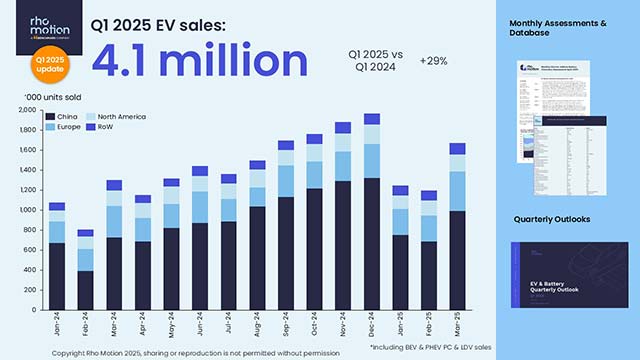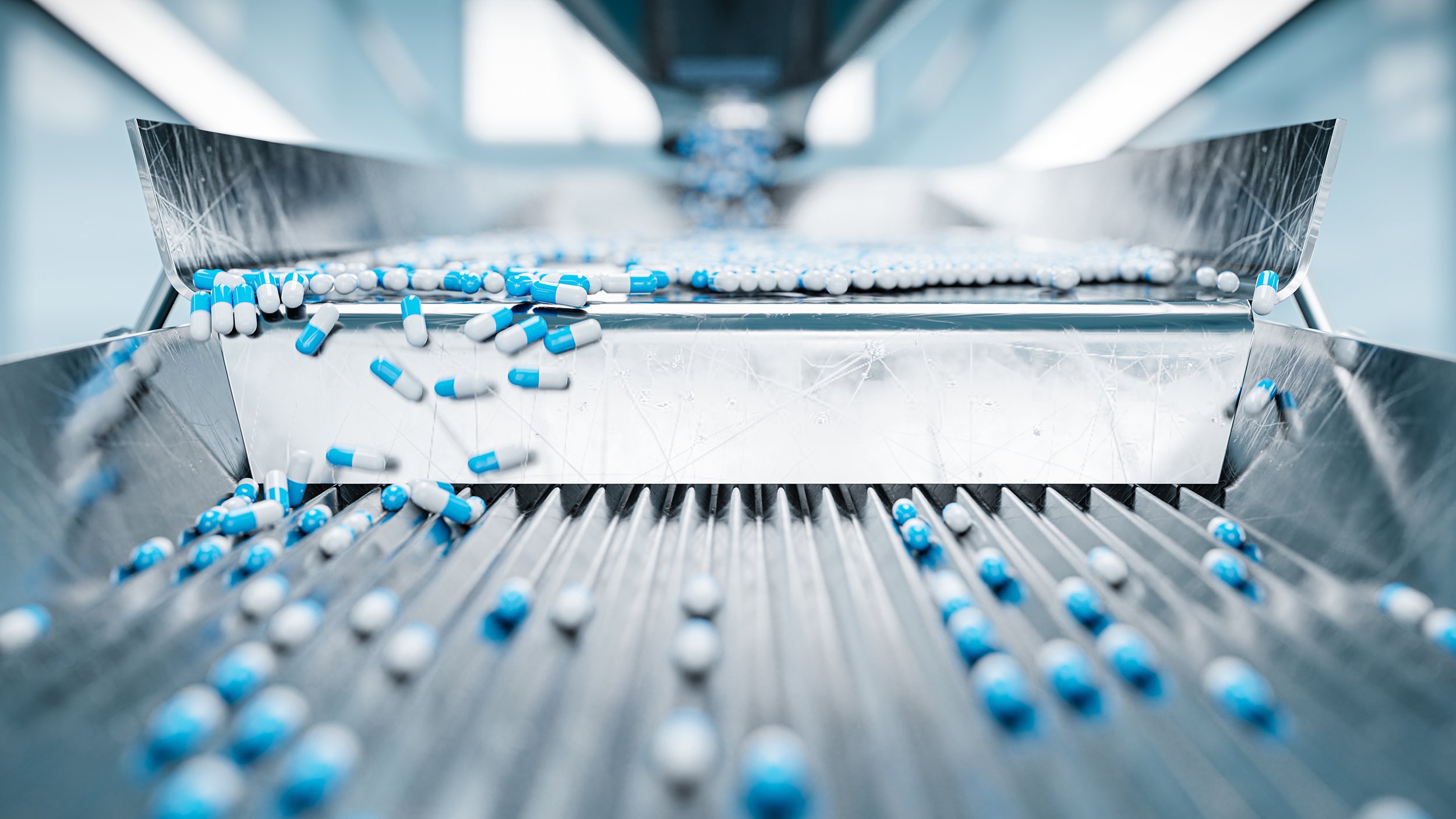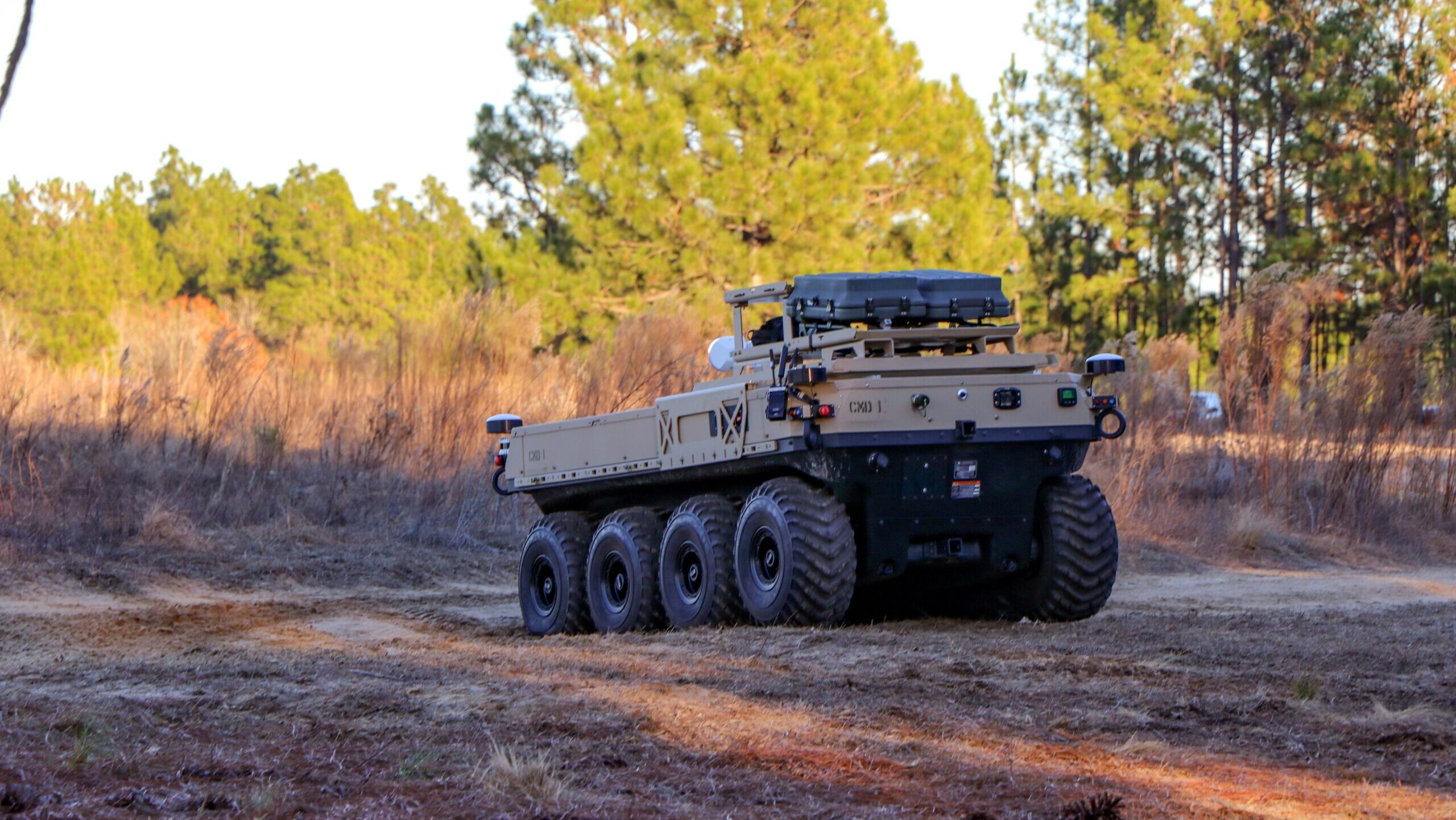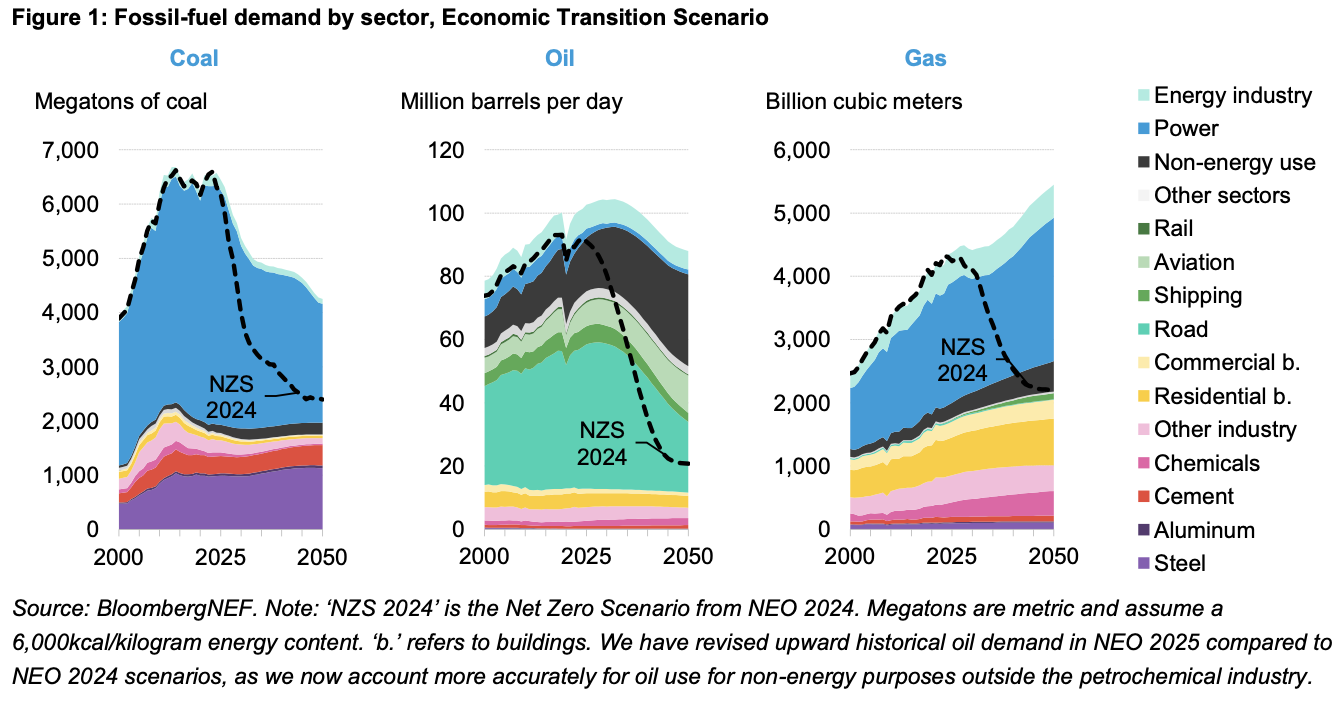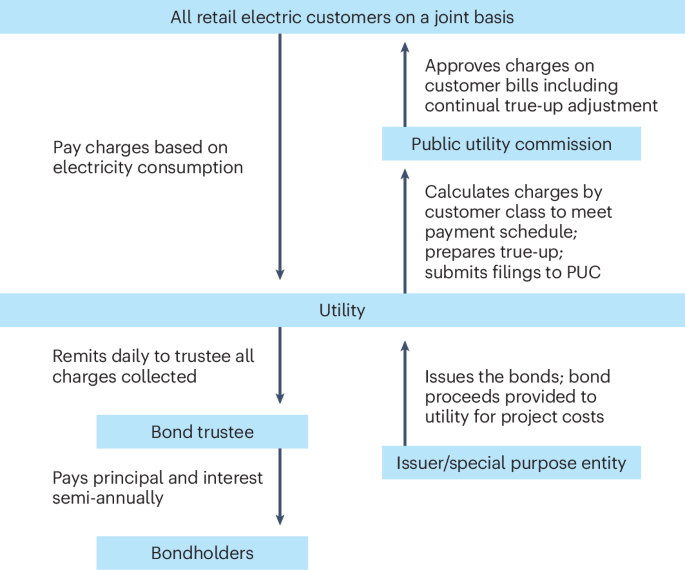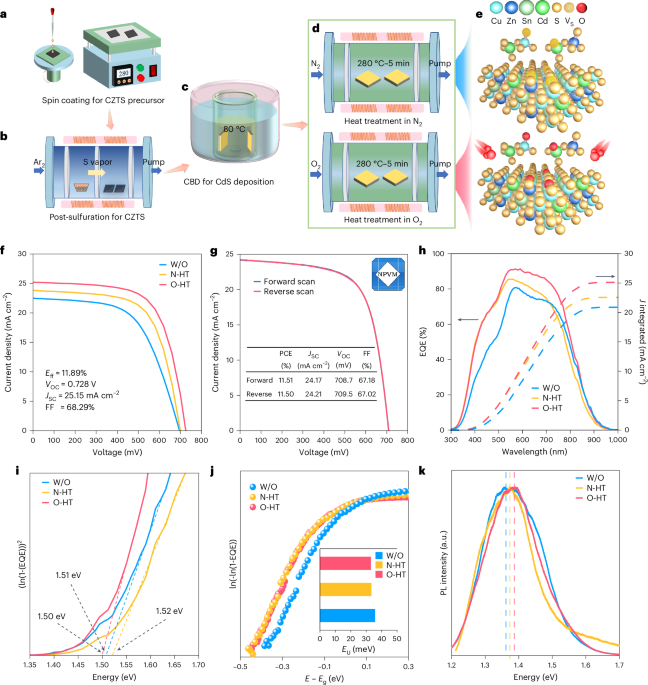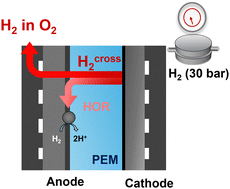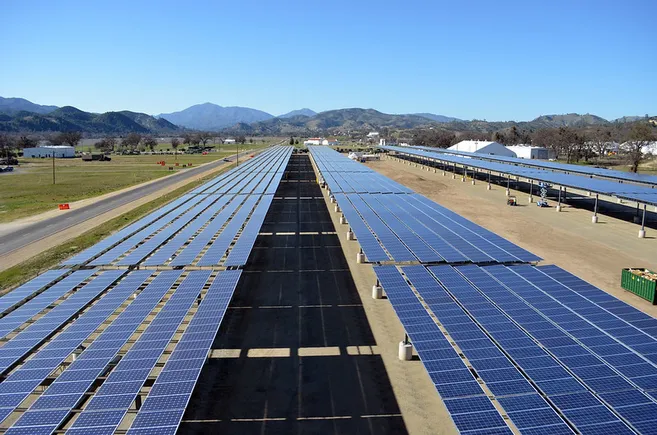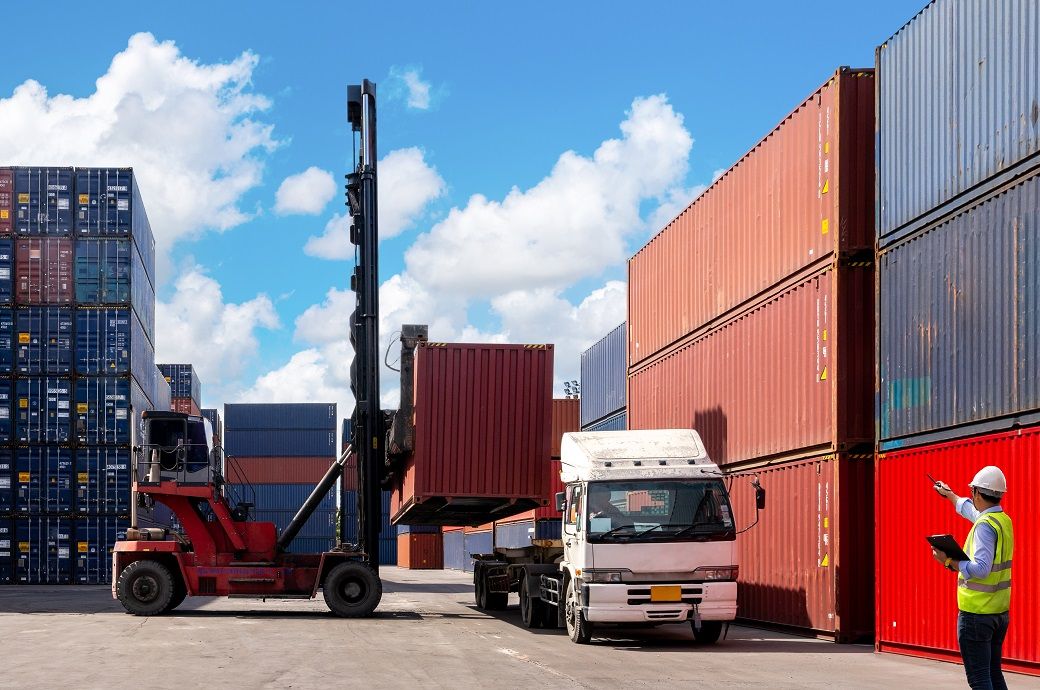Alternative Solid‐State Synthesis Route for Highly Fluorinated Disordered Rock‐Salt Cathode Materials for High‐Energy Lithium‐Ion Batteries
Advanced Energy Materials, EarlyView.

This work presents a tailored solid-state route to enhance DRX fluorination and electrochemical performance. Using unconventional precursors, Li6MnO4, MnF2, and TiO2, prevents Mn-based intermediates, which do not accommodate fluorines, enabling the formation of highly fluorinated DRX with a composition of Li1.23Mn0.40Ti0.37O2−yFy (y = 0.29–0.34).
Abstract
Fluorination has been identified as a key element for enabling the stable cycling of earth-abundant manganese-based disordered rock salt (DRX) cathodes. However, fluorination in the DRX bulk remains a challenge for scalable solid-state synthesis. In this study, a tailored reaction pathway is proposed to synthesize a highly fluorinated DRX. It is demonstrated for the first time that the unconventional precursors, Li6MnO4, MnF2, and TiO2, can avoid the formation of Mn-based intermediates (such as Li2(Mn,Ti)O3, LiMnO2, and Mn3O4), which, once formed, persist until the synthesis temperature reaches close to or above that required for fluorine volatility. Therefore, this method can form a highly fluorinated DRX with a composition of Li1.23Mn0.40Ti0.37O2−yFy (y = 0.29–0.34) at a low temperature (800 °C) relative to that required for conventional DRX solid-state reactions (≥900 °C). Li1.23Mn0.40Ti0.37O2−yFy (y = 0.29–0.34) delivers a specific capacity above 300 mAh g−1 and a specific energy of 980 Wh kg−1 at 30 °C. Detailed characterization reveals that this DRX phase reversibly utilizes Mn2+/3+ redox in the low-voltage region and Mn3+/4+ redox in the middle-voltage range, whereas reversible oxygen redox is observed at high potentials.

































